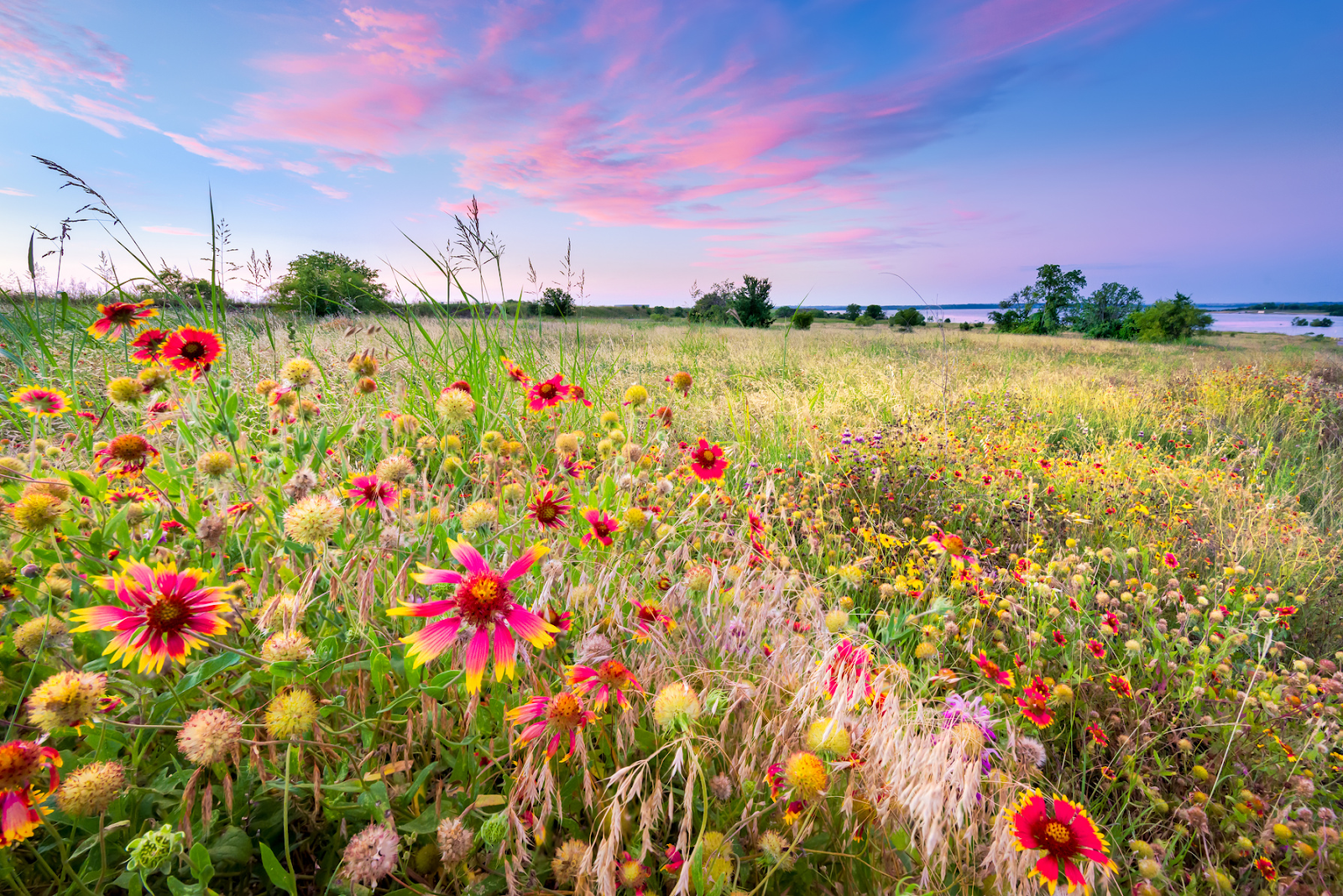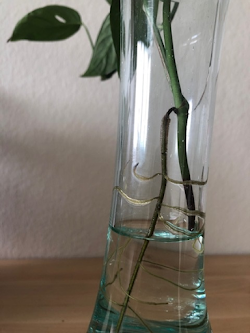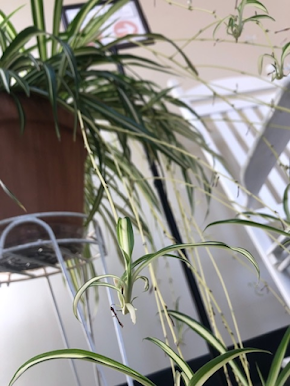Posted by John Murgel, Douglas County Horticulture and Natural Resources Agent
Every plant on earth wants you dead. They just haven’t all figured out precisely
how to do that. Yet.
2. Almonds and Apricots. The rose family also contains many poisonous members, and many of those are plants that produce fleshy fruits and seeds that people like to eat. The poisons in this case are cyanogenic, meaning that they generate cyanide once broken down—in the case of these plants, in the digestive tract. Apricot seeds (found inside the central pit) are the most poisonous. Several published cases report fatal and near-fatal poisonings from apricot seeds, which have become popular as alternative medicines. Most almonds do not produce much of the compounds and are easily processed by the body, but bitter almonds (Prunus amygdalus var amara) produce more. As few as five bitter almonds can produce fatal cyanide poisoning.
3. Potatoes. You may know that potatoes are members of the nightshade family (along with tomatoes
and eggplant). All parts of potato plants contain toxins known as glycoalkaloids; usually potato tubers contain very low amounts. However, differences exist between environments and among tubers of different ages or storage histories. Eating green potatoes or potatoes that have sprouted can be risky—poisoning is unlikely to kill you, but can cause days (yes, days) of abdominal disfunction, and at higher doses low blood pressure and neurological disorders. Unlike the lectins in beans, alkaloids are only minimal affected by cooking. On the bright side, some of these spud-borne compounds have shown promise as anti-cancer and anti-viral agents.



















